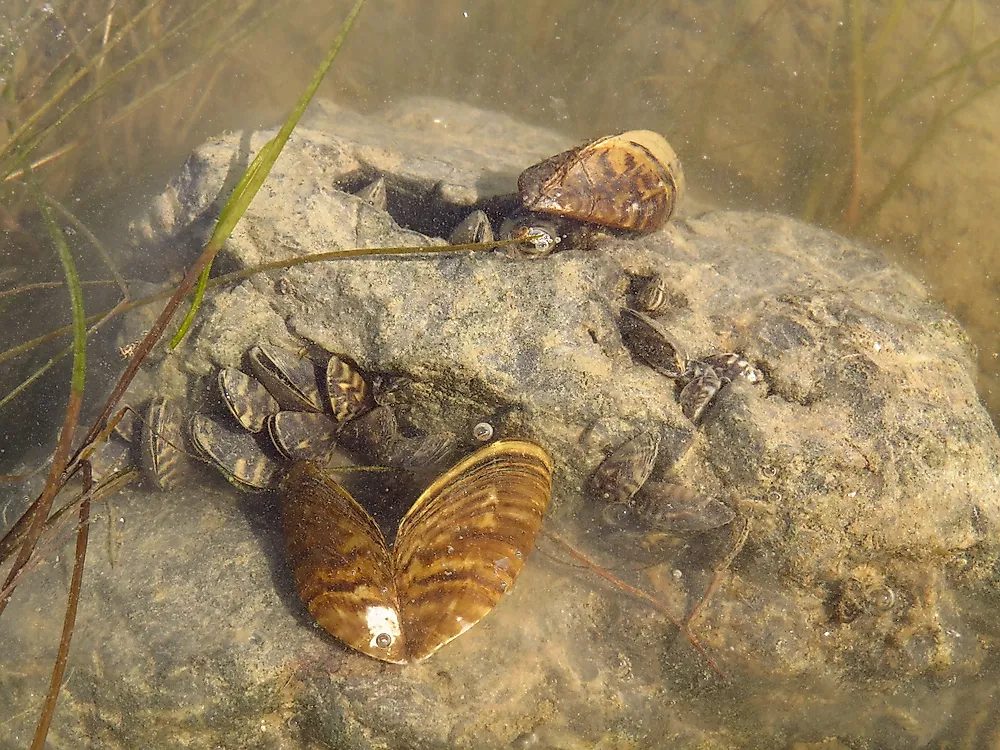What Is A Monotypic Habitat?

A habitat, referred to as a biome, is an environment that is conducive enough for animals and plants to thrive. Every species under the sun has certain biological needs that have to be met for them to survive. These distinct biological needs are what influence the type of habitat a plant or animal will inhabit and thrive. There are diverse factors that contribute towards making an environment habitable, such as climatic conditions, geographical location, and surrounding natural resources. A monotypic habit is the type of habitat where one plant or animal species completely inhabits a specific environment.
Botanical Monotypic Habitat
Botanical monotypic habitat is an area in the environment where a specific plant species lives largely dominating the ecological area. To ensure that it occupies the selected environment, different plant species device ways of keeping out all the other potential inhabitants. The velocity of water, oxygen saturation levels, and temperature rates affect where each marine plant species will thrive. With each plant species having unique habitat requirements, monotypic botanical habitats can be diverse and the needs of the species. Parasitic organisms also need specific habitat requirements for them to survive and reproduce. The yellow star-thistle (Centaurea solstitialis) native to Eurasian ecosystems, has become an invasive species in many parts of the world. In California, US, it has dominated over 15,000,000 acres of land.
Zoological Monotypic Habitat
Zoological monotypic habitat is a natural environment where individual animal species thrive together excluding other animal species. The monotypic habitats can be found in terrestrial habitats which include open grasslands, rainforests, lush forests, or deserts. Each animal has its natural biological disposition to be herbivorous, carnivorous, and omnivorous. These factors contribute a lot to the type of habitat they will prefer. There are monotypic habitats located in freshwater bodies suitable for those animals that thrive well in these freshwater habitats such as bogs, ponds, and rivers. Water covers more than 70% of the earth surface, and some marine habitats offer environments where specific species live together. Water depth and the natural surroundings are some of the features that define the habitat of marine animals to ensure that their diet and reproductive needs will be met. One such species is the Zebra mussel (Dreissena Polymorpha) originally native to Eurasia, and which has been documents in North America since 1988.
Monotypic Habitat Conservation
The monotypic habitat types that exist include subtropical, tropical, and temperate which can greatly be affected by diverse factors. These could be natural factors such as a change in water currents in the oceans, earthquakes, or volcanic eruptions. There are human activities which also affect the monotypic habitat leading to the interference of the lives of those plant or animal species living in those surroundings. It is important to take care of these natural environments that harbor valuable animal and plant species that offer such diversity and beauty to the world. Different plants and animals are generalists and can adapt to different habitats, but we also have some species that only thrive in an environment that should have certain resources. The destruction of the monotypic habitat natural resources greatly affects the ecosystem since it distorts the existence of species which will have limited alternative habitats. To protect vulnerable species from extinction, monotypic habitats have to be well monitored and protected from any human-made factors.











